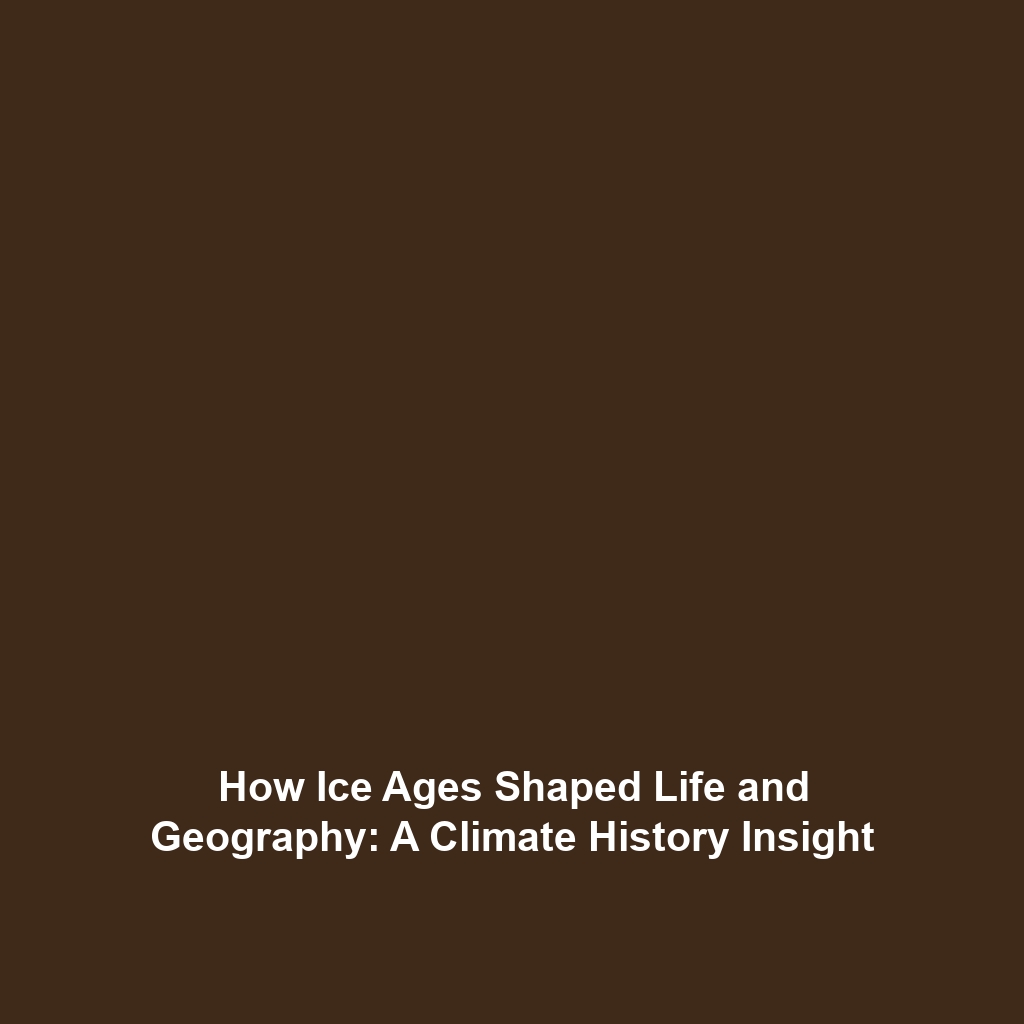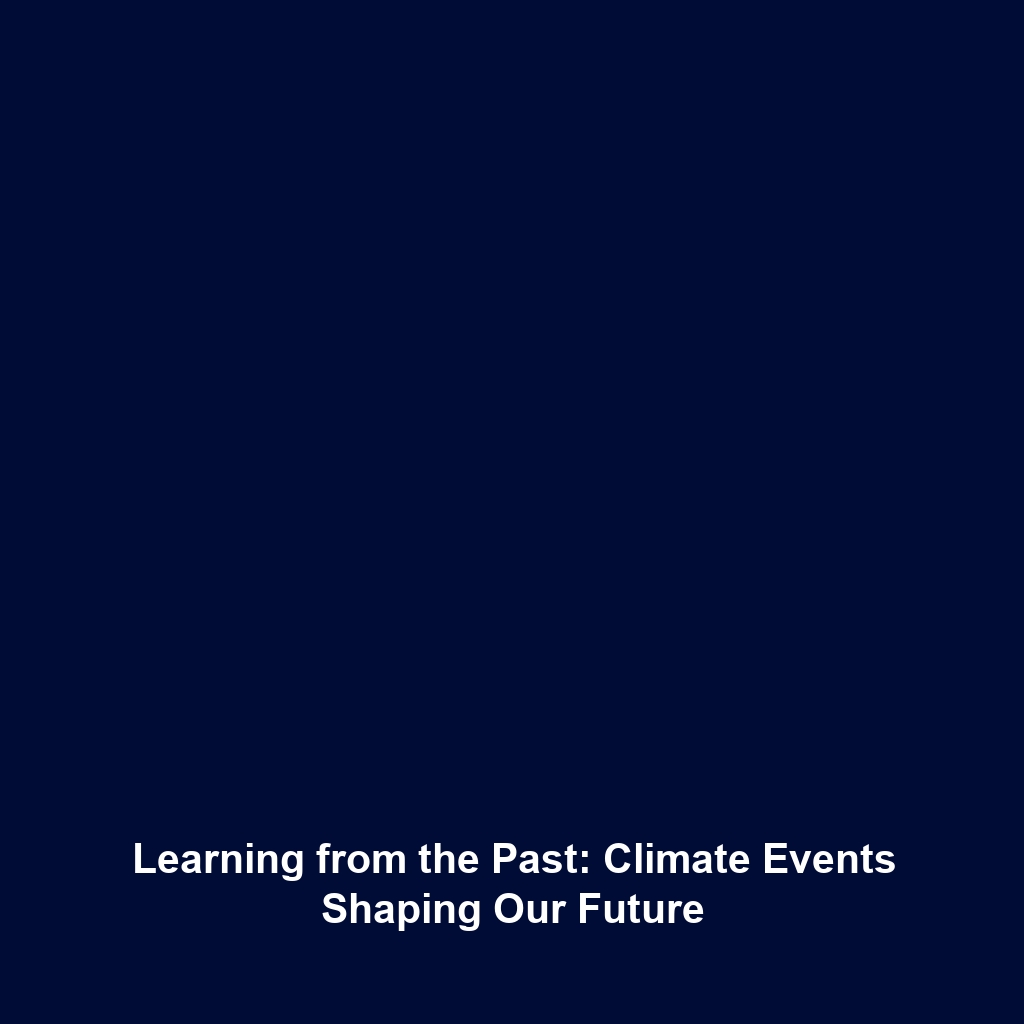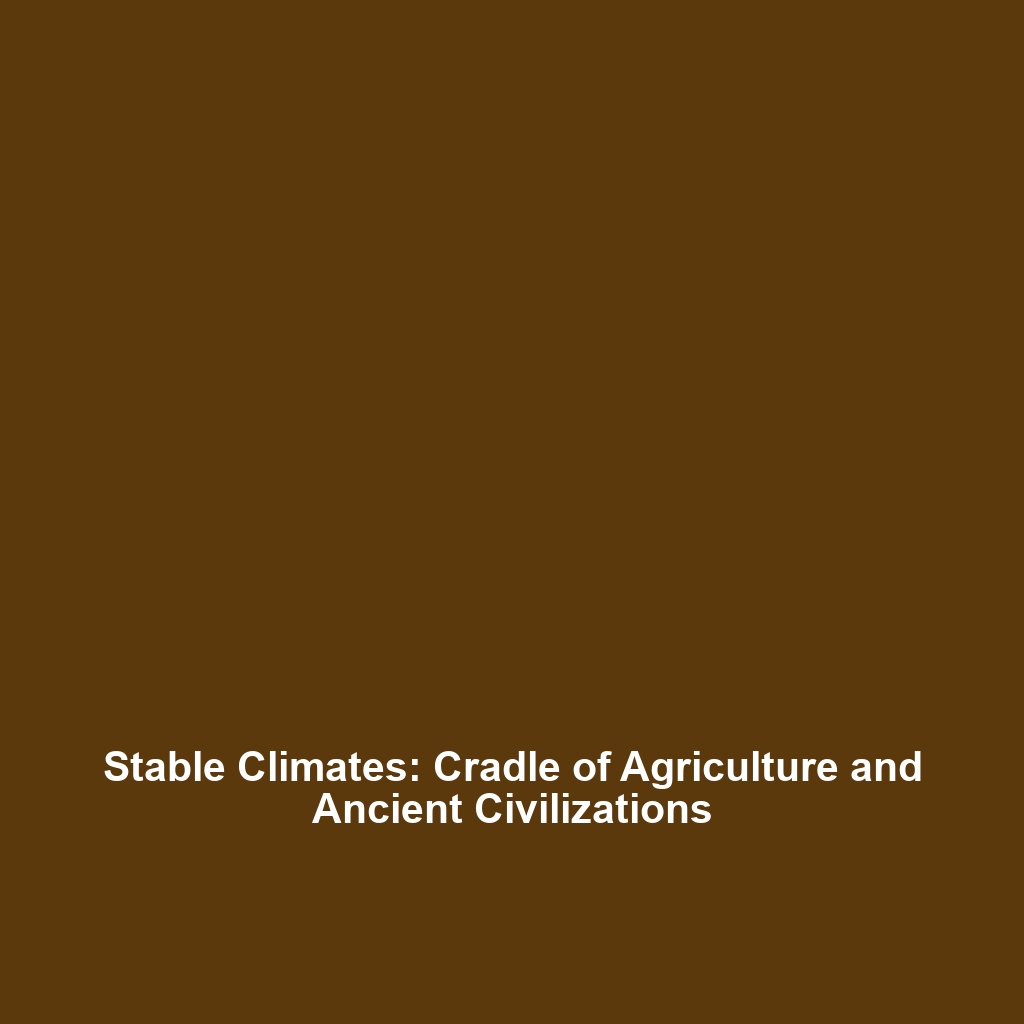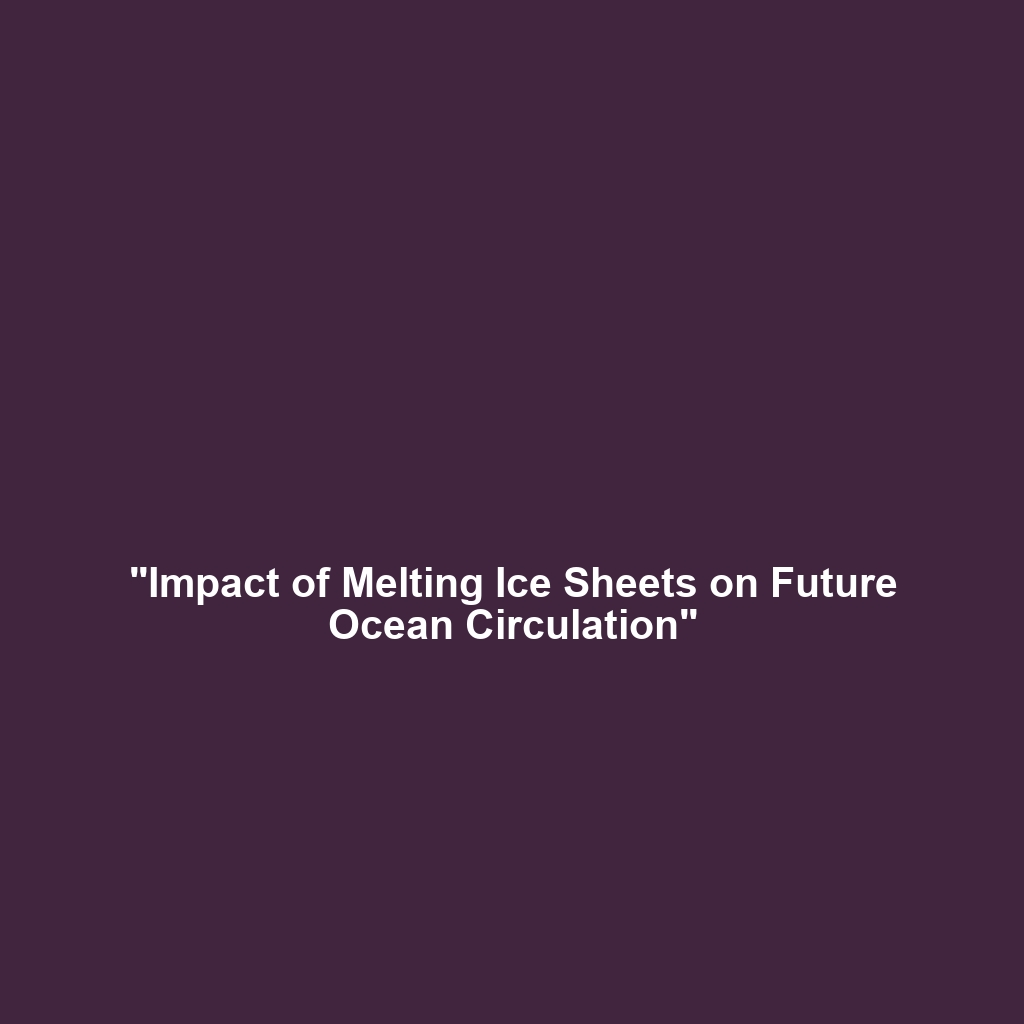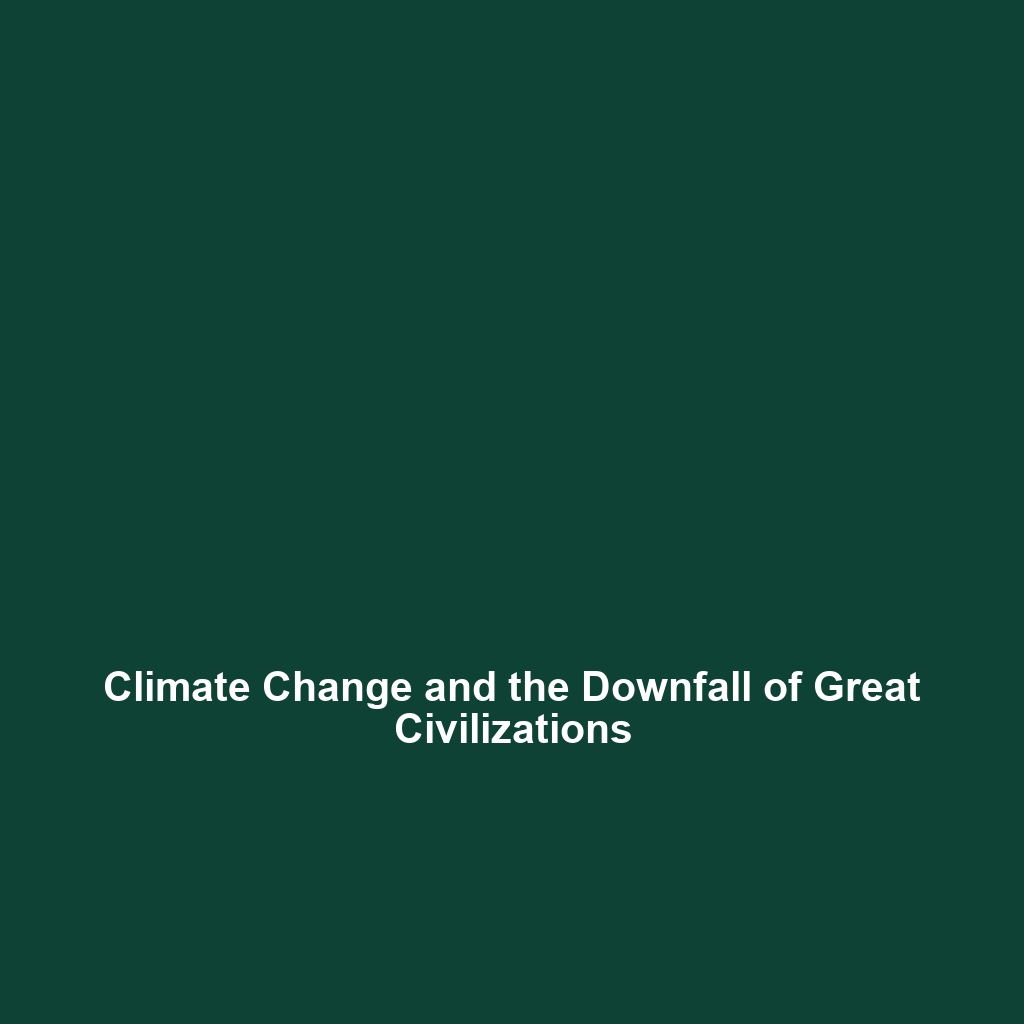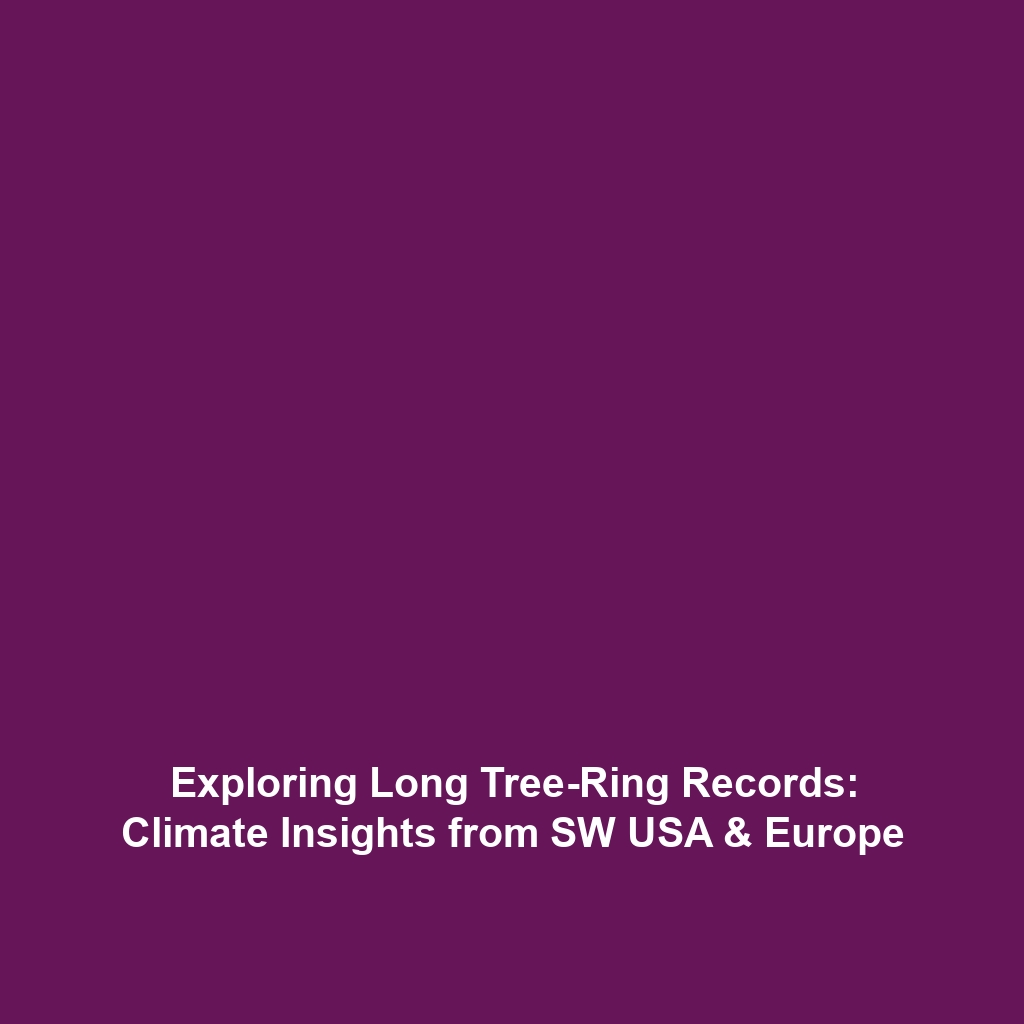Impact of Ice Ages on Life and Geography
The Impact of Ice Ages on Life and Geography is a crucial aspect of Climate History that has shaped the Earth’s ecosystems and landscapes for millions of years. Ice Ages have not only influenced climate patterns but have also significantly altered biodiversity and the geographical features of our planet. Understanding these impacts is vital for comprehending the mechanisms of climate change that affect life today. This article delves into how Ice Ages have molded both biological evolution and the physical geography of the Earth, providing insights that are essential for clean energy, conservation, and landscape management.
Key Concepts
The study of the Impact of Ice Ages on Life and Geography encompasses several key concepts that help explain the relationships between climatic fluctuations and their effects on the planet.
1. Glacial and Interglacial Periods
Ice Ages are characterized by alternating glacial (cold) and interglacial (warm) periods. These transitions have profound effects on the distribution of species, migration patterns, and genetic diversification. Ice sheets expanding and receding create various ecological niches that can lead to species adaptation and evolution.
2. Sea-Level Changes
The melting and formation of ice sheets change global sea levels, which in turn influence coastal geography, habitats, and human settlement patterns throughout history. Coastal areas that were once land bridges became inundated, affecting migrations and species dispersal.
3. Biodiversity and Extinctions
Ice Ages have led to mass extinctions and created opportunities for the rise of new species. The stress of changing conditions can lead to species decline, while adaptations to cold environments result in new ecological relationships.
Applications and Real-World Uses
The Impact of Ice Ages on Life and Geography has significant implications in various fields relating to Climate History:
- Climate Modeling: Understanding past ice ages improves climate models and predictions about future climatic shifts.
- Conservation Biology: Insights into historical biodiversity can inform modern conservation strategies and biodiversity preservation efforts.
- Geological Research: The study of glacial deposits aids in understanding Earth’s geological history and informs mineral exploration.
Current Challenges
Despite advancements in research, several challenges remain in studying the Impact of Ice Ages on Life and Geography:
- Data Limitations: Fossil records and environmental data are often sparse or incomplete, making comprehensive analysis difficult.
- Model Uncertainties: Climate models have limitations in accurately predicting long-term impacts due to complex natural feedback mechanisms.
- Technological Constraints: High-resolution studies require advanced technologies that may not be widely accessible to every research institution.
Future Research and Innovations
Future innovations in studying the Impact of Ice Ages on Life and Geography may include:
- Enhanced Climate Simulation Technologies: The development of more precise climate simulation software can provide better predictions of future climatic scenarios.
- Genomic Studies: Advances in genomic technology may uncover lost evolutionary histories and adaptations connected to Ice Age events.
- Interdisciplinary Approaches: Collaborative efforts among climatologists, ecologists, and geologists are essential for a holistic understanding of ice age impacts.
Conclusion
In summary, the Impact of Ice Ages on Life and Geography plays a significant role in Climate History, shaping ecosystems, driving evolutionary changes, and altering geographical landscapes. It is imperative that we continue to explore this pivotal aspect of our planet’s history to inform present and future environmental policies and conservation efforts. For further reading, consider exploring related topics such as Climate Change and Its Effects on Biodiversity or Paleoclimate Reconstruction Techniques.
